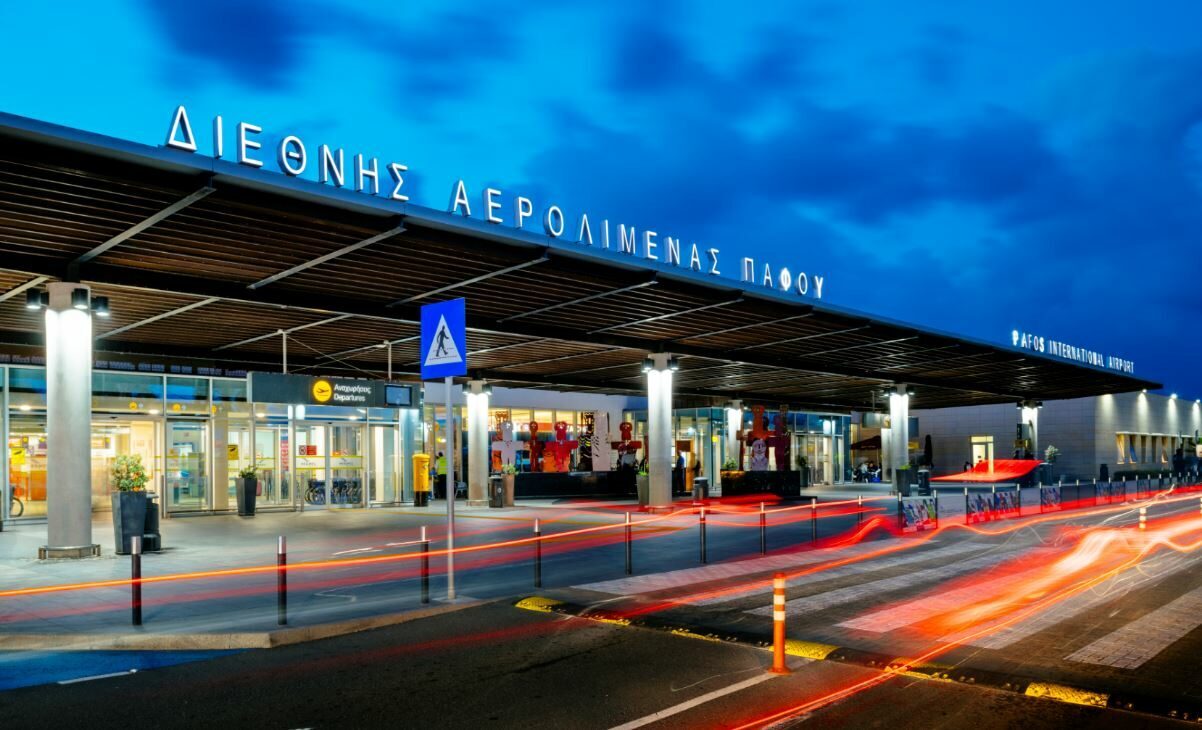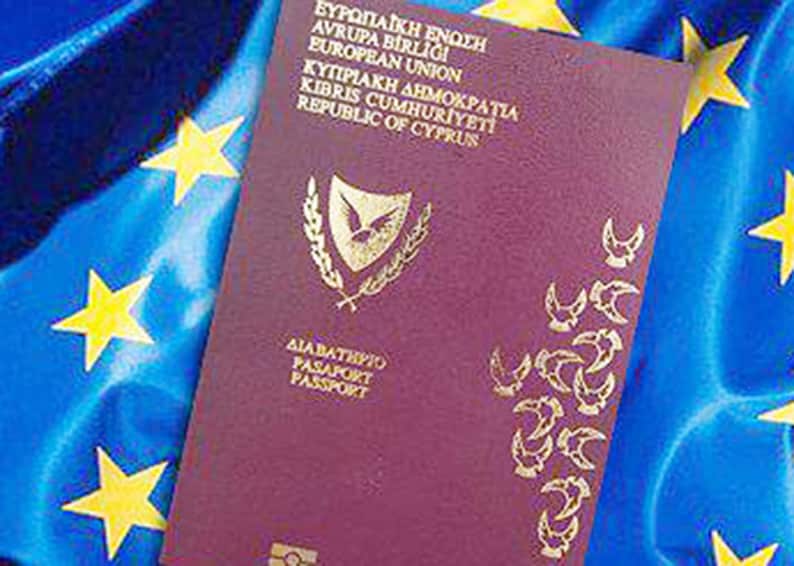Passenger traffic at Larnaca and Paphos airports surpassed 10 million in the first nine months of 2025, marking a new record for Cyprus’ aviation sector.
According to new data from Hermes Airports, a total of 10.7 million passengers travelled through the island’s two international airports between January and September, 7.7 million through Larnaca and 3 million through Paphos.
For the sixth consecutive month, air traffic across Cypriot airports remained above one million passengers in September alone.
Larnaca Airport handled 1.1 million passengers, compared to 1 million in the same month last year, while Paphos Airport reached 434,900 passengers, up from 401,600 a year earlier.
By comparison, in September 2019, before the pandemic, Larnaca Airport recorded 982,300 passengers and Paphos 341,900, illustrating the strong post-pandemic recovery of Cyprus’ aviation sector.
Hermes Airports projects that total passenger numbers for 2025 could reach around 13 million, driven by new routes, strong demand from key tourism markets, and longer seasonal programmes by major tour operators.
The upward trend has been consistent throughout the year. Between January and July 2025, total passenger traffic across both airports rose by 11.4 per cent compared to the same period in 2024, reaching 7.3 million travellers, according to Hermes data.
Furthermore, June and July 2025 were record-breaking months, with more than 1.4 million and 1.65 million passengers, respectively, the highest monthly figures ever recorded for Cyprus.
In April 2025 alone, the two airports handled over 1.15 million passengers, a year-on-year increase of 20.7 per cent.
Traffic has been fuelled by robust demand from the United Kingdom, Israel, Poland, Greece, Armenia, and Germany, which together account for about 70 per cent of total passenger growth this year.
At the same time, Hermes Airports is also preparing terminal expansions and infrastructure upgrades to support future demand and strengthen Cyprus’ ambition for year-round connectivity.
The company noted that winter traffic now represents roughly a quarter of annual passenger volumes, highlighting the growing appeal of Cyprus beyond the traditional summer season.
Meanwhile, tourist traffic has remained high across the island, particularly in the Famagusta region, where hotels are experiencing one of their strongest autumn seasons in recent years.
According to the Famagusta Hoteliers Association (Pasyxe), October 2025 has already outperformed last year’s figures.
Association president Panayiotis Constantinou told Politis that more hotels than last year will remain open this season, with some operating until mid-November and others until the end of the month.
He added that expanded programmes by UK tour operators, together with strong online and last-minute bookings, have significantly boosted occupancy rates.
“This year’s extension of the tourist season shows that demand for Cyprus is not just summer-based anymore,” Constantinou said.
In parallel, according to Eurostat, Cyprus recorded the largest increase in commercial flights among all EU member states in September 2025, compared with the same month in 2019, up 24.1 per cent.
While overall EU air traffic remains slightly below pre-pandemic levels, Cyprus stands out as one of the fastest-recovering aviation markets in Europe.
Eurostat data show that EU commercial flight numbers in September 2025 rose by 2.6 per cent year-on-year, but remained 1.8 per cent lower than in 2019.
Indeed, within this context, Cyprus’ performance underscores its exceptional recovery and expanding connectivity, as the island continues to attract new routes and operators.
Finally, according to figures released in September by Hermes Airport, combined passenger traffic for the first eight months of 2025 reached 9.2 million, 6.6 million at Larnaca and 2.5 million at Paphos, setting the stage for an even stronger year-end performance.







Click here to change your cookie preferences